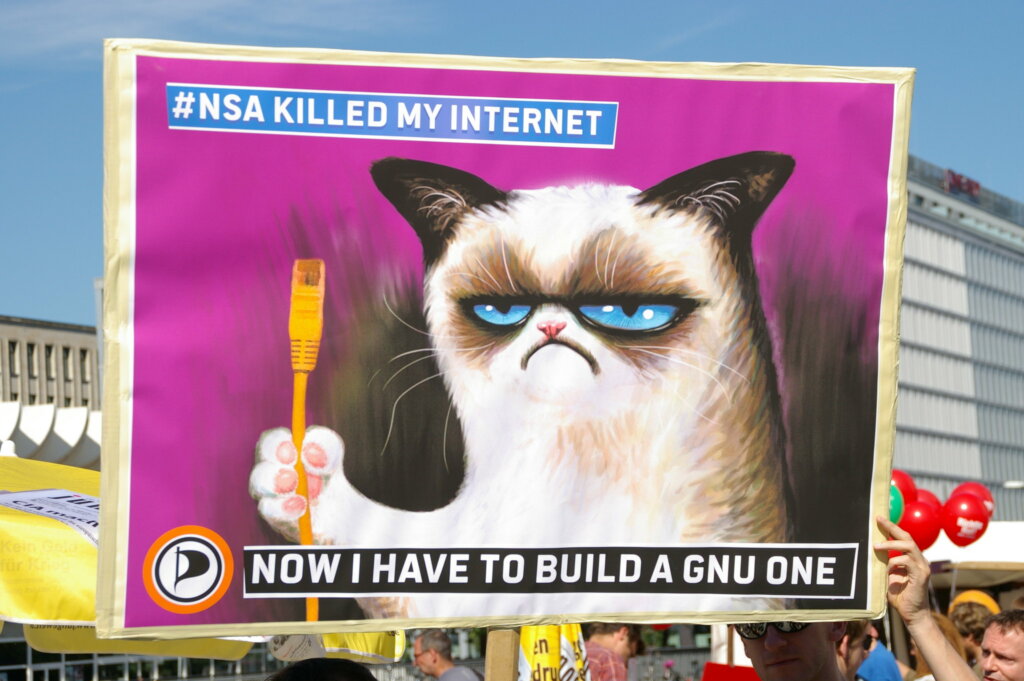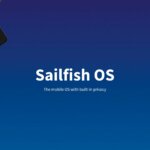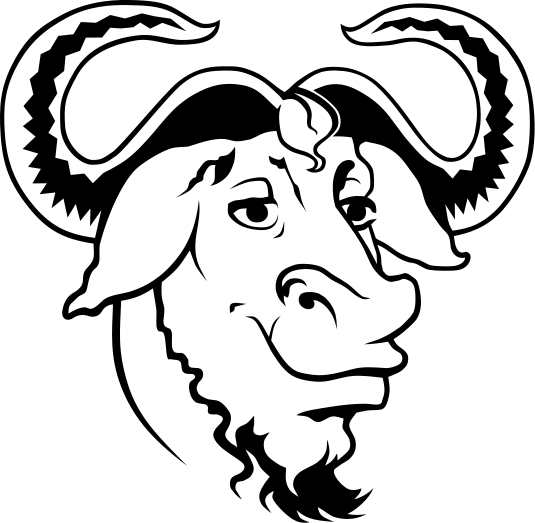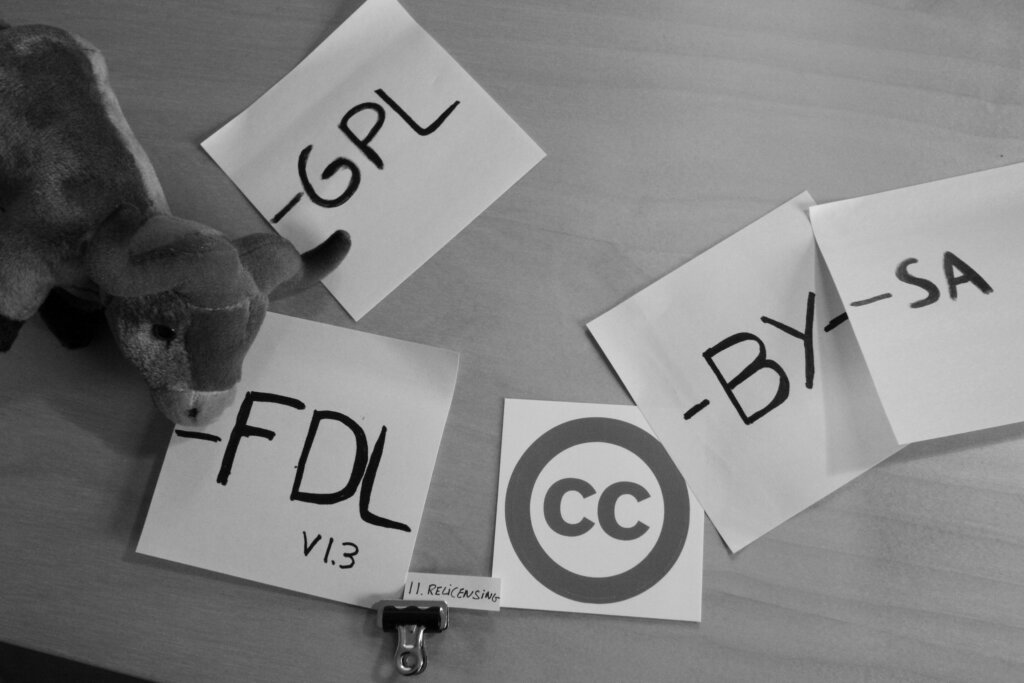
|
Getting your Trinity Audio player ready...
|
- Free software doesn’t necessarily mean there’s no price tag.
- GNU’s definitely not UNIX.
- Open-source software is different.
- The GNU Project turns 40.
On the 27th of September, a small group met in Switzerland to celebrate a 40th birthday. There wasn’t a cake, but a series of talks titled with the likes of “Freedom in computing, 40 years after starting to really protect it.”
The celebration commemorated 40 years since Richard Stallman announced a plan to develop the GNU operating system – entirely composed of free software. In honor of this, here’s our rundown of everything you need to know about the GNU, GNU/Linux, free software, and open-source.
Free software
A key definition: GNU is an operating system that uses only free software – but that doesn’t mean software at no monetary cost. Free software puts its users in control of their own computing, as opposed to non-free software that keeps users under the control of the software’s developer.
The free software movement figures the term “free” as in “free speech” and not “free beer.” Free software is a matter of liberty, not price; sometimes, the distinction is made using the French word “libre” instead of “gratis.” (However, this isn’t recognized globally – and the movement is.)

“Grumpy Cat builds a GNU Internet” by greenoid is licensed under CC BY-SA 2.0.
Software that isn’t free comes down to an instrument of unjust power: the program controls the user, the developer controls the program; the program is a tool for dominance.
YOU MIGHT LIKE

The secure OS for mobile that looks great, too: Sailfish
Free software means users of a program have the four essential freedoms:
- The freedom to run the program as you wish for any purpose (freedom 0 – note the programmer’s numbering scheme, starting at 0).
- The freedom to study how the program works and change it so it does your computing as you wish (freedom 1). Access to the source code is a precondition for this.
- The freedom to redistribute copies so you can help others (freedom 2).
- The freedom to distribute copies of your modified versions to others (freedom 3). By doing this, you can give the whole community a chance to benefit from your changes. Access to the source code is a precondition for this.
Free software doesn’t mean non-commercial; in fact, free software fundamentally must be available for commercial use, commercial development, and commercial distribution. Users have the freedom to run, copy, distribute, study, change, and improve the software. These freedoms have only become more important since 1984, when the development of the GNU project began.
GNU project: Richard Stallman’s vision
The GNU operating system consists of GNU packages emanating from the GNU project’s volunteers and free software released by third parties. The project’s vision was to make it possible to use a computer without software that somehow impinges on a user’s freedom.

“File:Heckert GNU white.svg” by Aurelio A. Heckert <aurium@gmail.com> is licensed under CC BY-SA 2.0.
The concept began with the introduction of computers in the 1980s, each brand shipping with its own operating system; none comprised free software. Stallman said, “This meant that the first step in using a computer was to promise not to help your neighbor. A cooperating community was forbidden. The rule of the owners of proprietary software was, ‘If you share with your neighbor, you are a pirate. If you want any changes, beg us to make them.'”
GNU is a recursive acronym for “Gnu’s not Unix”
You might be thinking this all sounds a lot like open-source software. Don’t let anyone from the free software movement hear you say that, though – the two groups are separate, even though the terms stand for almost the same range of programs.
Open-source misses the point of free software (or so the Stallmanistas insist), so even though the terms have crossover, they say deeply different things about the programs they are applied to and are based on different values. The values of open-source focus on practical advantage, and the idea doesn’t involve campaigning for principles. This is why the free software movement bristles at the term.
The free software movement actually predates the development of GNU, beginning in 1983. During the 1980s, essential components of the GNU system were developed. Then, in 1998, a splinter group formed and started campaigning in the name of open-source.
Open-source vs. free software
The term “open-source” quickly became associated with ideas and arguments based only on practical values, such as making or having powerful, reliable software. Most open-source supporters have come to it since then, and they make the same association. Most discussion of “open-source” pays no attention to right and wrong, only to popularity and success.
The values of free software are critical because they are essential to society as a whole, not just the individual: they promote social solidarity – sharing and cooperation. As culture and life activities are increasingly digitized, this gets more important: the more digital life becomes, the more digital freedom comes to be freedom.
Stallman’s take is that proprietary software is malware. It has functionalities designed to mistreat the user that, if not downright malicious, are the result of incentivizing developers to make software addictive, controlling, and manipulative.
At this point, it would be easy to talk about the manipulations of Big Tech – the addictiveness of social media, the harvesting of user data for profit, and the backdoors left intentionally open – until we’re blue in the face. In fact, some often do.
But the reach of free software’s potential goes beyond all that. In education, teaching proprietary systems implants dependence where free software could enable young programmers to hone their skills. The value-based system would also teach cooperation and helping others. Proprietary software developers would have us punish students who share software and thwart those curious enough to want to change it.
Western culture is built around ideas of individual choice and freedom – that’s partly why some might roll their eyes at this hippie insistence that collaboration and sharing are so important, even in software.
Yet the right to make free choices is exactly what free software appeals to. Advocates argue that the media prefer the term open-source because it obscures the ethical issues that the free software movement represents.
The GNU Public License
Richard Stallman created the first version of GPL: “The copyleft used by the GNU project is made from a combination of a copyright notice and the GNU General Public License. The copyright notice is the usual kind. The General Public License is a copying license which basically says that you have the freedoms we want you to have and that you can’t take these freedoms away from anyone else.”
With the help of Mark Fischer and Jerry Cohen, both intellectual property (IP) lawyers, and John Gilmore, a free software developer and co-founder of the Electronic Frontier Foundation (EFF), Stallman realized that the original license (GNU EMACS License) was too limited.

“A visual explanation of the GNU Free Documentation License 1.3 section 11” by Alexandre Dulaunoy is licensed under CC BY-SA 2.0.
General Public Licenses are designed to make sure that you have the freedom to distribute copies of free software (and charge for them if you wish), that you receive source code or can get it if you want it, that you can change the software or use pieces of it in new, free programs, and that you know you can do these things.
It’s a license that ensures the criteria of what makes free software is met. If you distribute copies of the software or modify it, you have certain responsibilities: responsibilities to protect the freedom of others.
GPL is the most popular and widely used license for open-source software. Still, as the years passed, some businesses and developers felt the GPL was too restrictive. This led to alternative licenses, such as the Apache License and the MIT License, which offered more permissive terms.
In part, these tensions led to the splinter group and the emergence of open-source, which many see as a more pragmatic approach to software freedom.
Similar licenses
GPL is termed a strong license because it’s completely incompatible with proprietary software. It compels a user to make the source code available when distributing any copies of the software, and all modifications to the original source must be licensed under the GPL.
The MIT license that GPL inspired places few restrictions on reuse. Users of software using an MIT License are permitted to use, copy, modify, merge, publish, distribute, sublicense, and sell copies of the software.
Being permissible about reuse doesn’t intrinsically make something free software. The Berkely Software Distribution (BSD) license and its most recently available version are the most permissible licenses.
However, the BSD license doesn’t stipulate that users make the source code or any modifications available. The only requirement is that the original authors be acknowledged in the license accompanying the released application. Software released under a BSD license forms the basis of its macOS. It reused the software and has no responsibility to reshare or publish its source code.
For developers, GNU’s legacy remains an enduring testament to the idea that software should empower, not restrict, its users.
It’s also the basis of Linux (or, if you must, the GNU/Linux OS) as we know it today – used worldwide by billions. It’s only fair, then, that on its birthday, GNU gets some of the limelight.








